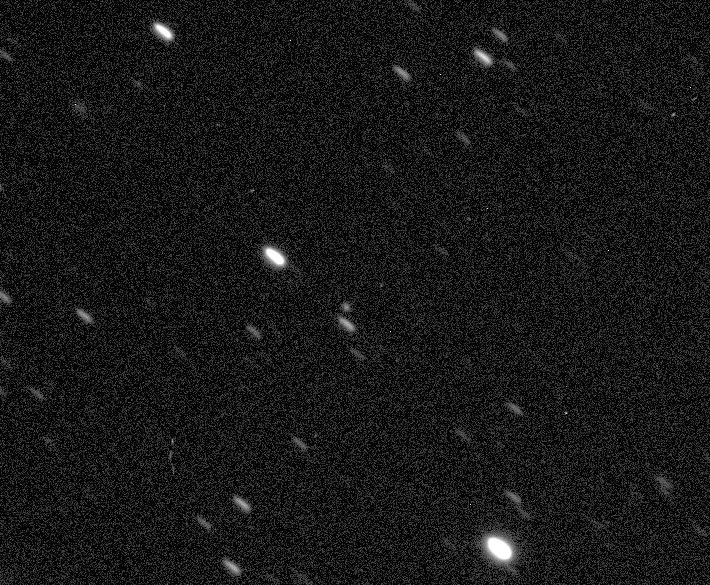
While, strictly speaking, it is not a “near-Earth” asteroid, an important asteroid has been discovered since I first put up this presentation. On January 4, 2020, the Zwicky Transient Facility survey, based at Palomar Observatory in California, discovered an 18th-magnitude object which was formally designated as 2020 AV2 when its discovery was announced on January 8. According to calculations 2020 AV2 is traveling in a moderately low-eccentricity orbit (0.18) with an orbital period of only 151 days — tying it for the shortest period among known asteroids — and an aphelion distance of only 0.654 AU, which is inside the orbit of Venus (perihelion distance 0.718 AU). 2020 AV2 thus becomes the first-known asteroid that orbits the sun entirely within the orbit of Venus.
Its overall brightness indicates that 2020 AV2 is approximately 1 to 2 km in diameter, unusually large for a previously-unknown asteroid in near-Earth space, but the fact that its elongation from the sun never exceeds much over 40 degrees undoubtedly has contributed to its not being found before now. There must certainly be other asteroids with similar orbits, but for the time being they will remain difficult to detect and discover.
More from Week 2:
This Week in History Comet of the Week Special Topic Free PDF Download Glossary
Ice and Stone 2020 Home Page


